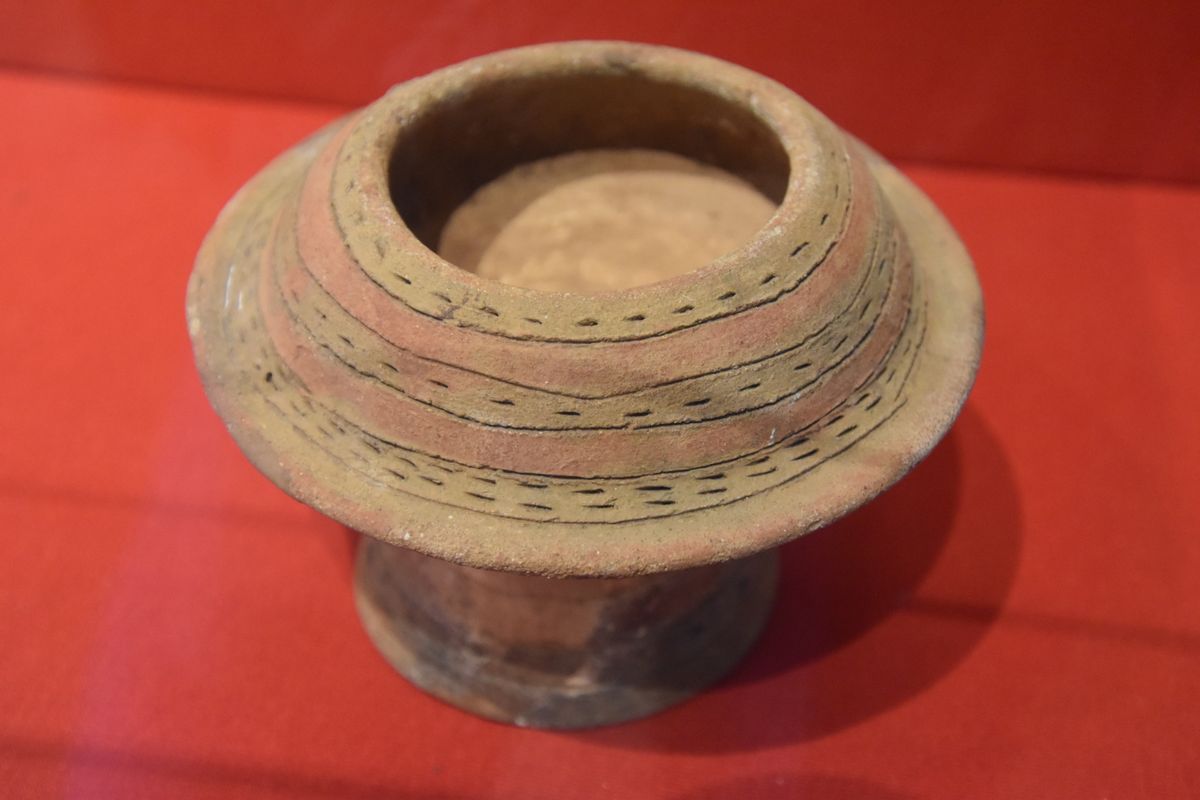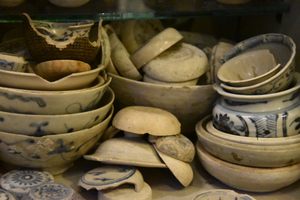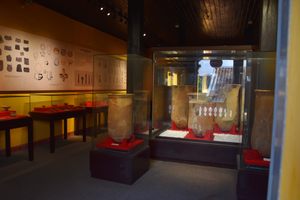About
A UNESCO World Heritage Site, Hoi An Ancient Town is a popular destination in Vietnam, with narrow bustling streets full of historic monuments and traditional lanterns, charming shops and restaurants, as well as beach resorts close by.
Among such vibrant places of interest, a small museum dedicated to local archaeology is not likely to attract crowds of tourists, especially when there are other museums focusing on Hoi An’s history and cultural lifestyles. Nevertheless, the Museum of Sa Huỳnh Culture offers a fascinating look into Vietnam’s Iron Age, which flourished in the region between the 10th century BCE and the 4th century CE.
Named after a small village in Quảng Ngãi Province where the first site was found in 1909, Sa Huỳnh culture is known for its ironware, gemstone beads, and terra-cotta burial jars, not unlike those found in the Philippines.
It is known that Sa Huỳnh, the Philippines, as well as Taiwan, Borneo, and Thailand, were connected along an ancient trade route. Sa Huỳnh is one of the few cultures that made ling-ling-o, a type of ancient ring-shaped amulet in the ancient Philippines, using jade imported from Taiwan.
Founded in 1994, the Museum of Sa Huỳnh Culture is home to nearly 1,000 locally sourced artifacts, the largest of its kind. One of its major highlights is the exhibit of burial jars on the second floor.
Related Tags
Community Contributors
Added By
Published
August 29, 2023




























